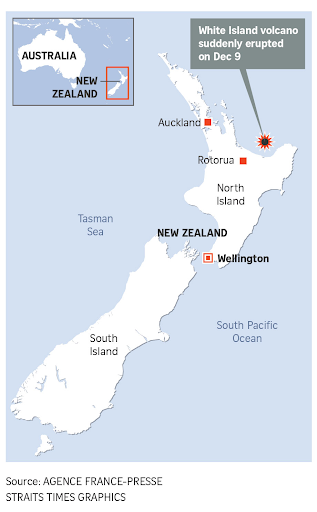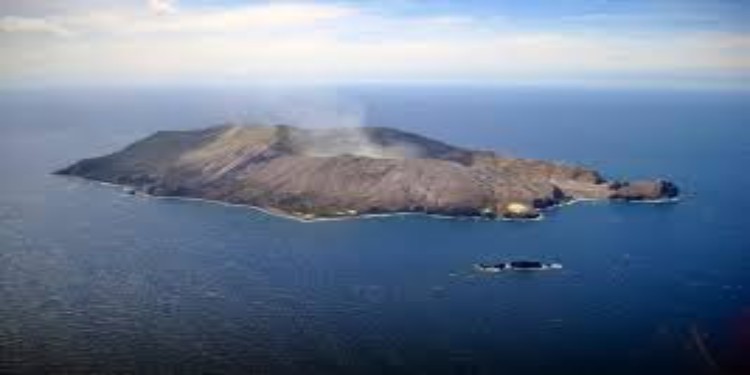In news– Recently, new research has detected pre-eruption warning signals at Whakaari/ White Island and other active volcanoes.
Key findings of the research-
- The researchers have discovered that volcanoes share behaviour traits and this could form the basis for an eruption warning system.
- Every volcano behaves differently: some have crater lakes while others are “dry”, they have diverse magmas and rise to different elevations.
- Despite these differences, researchers think volcanoes such as Whakaari, Ruapehu and Tongariro in New Zealand could be driven to eruption by common processes in the shallow subsurface below their craters.
- Researchers have used machine learning to sift through 40 years of seismic data from the New Zealand volcanoes and three others around the world, listening for particular frequencies that track the depth where gas, magma or water are moving or building up.
- They saw one pattern repeatedly, which is a slow strengthening of a quantity called Displacement Seismic Amplitude Ratio (DSAR), which peaks a few days before each event.
- DSAR is a ratio that compares the “activity” of fluids (gas, hot water, steam) at the volcano’s surface to those several hundred metres deep.
- When DSAR increases, surface fluids are quiet, but deep ones are still actively moving and circulating vigorously below ground.
- As this fluid circulates below the vent, it is registered as noise or “tremor” on seismometers.
- This indicates a blockage or seal has formed, preventing gas escape and hence it explodes.
- This has resulted in geysers and fountains, throwing mud and debris up.
About Whakaari White Island-
- It is an active andesite stratovolcano situated 48 km from the east coast of the North Island of New Zealand, in the Bay of Plenty.

- The island is New Zealand’s most active cone volcano, and has been built up by continuous volcanic activity over the past 150,000 years.
- The island has been in a nearly continuous stage of releasing volcanic gas at least since it was sighted by James Cook in 1769.
- Whakaari erupted continually from December 1975 until September 2000, and also erupted in 2012, 2016.
- On December 9, 2019 high-pressure steam and gas exploded, concentrating in a deadly surge of hot ash down its main access valley.
Mount Ruapehu-
- Mount Ruapehu is a 2,800 m stratovolcano in New Zealand’s central North Island.
- It is also capped by a hydrothermal system and a warm crater lake (Te Wai a Moe).
Source: Down to Earth














